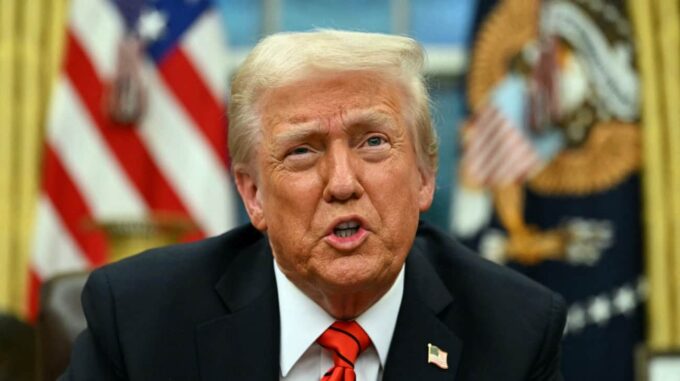The disclosure of Donald Trump’s financial and business assets reveals extensive income from a wide range of sources—from cryptocurrencies, real estate, and souvenir sales to media empires and licensed collections

Based on the analysis of his financial declaration, published by Reuters and confirmed by "European Truth," it is evident that the former U.S. president earned over a hundred million dollars just in the past year. Overall, his assets are currently estimated at approximately $1.6 billion, indicating one of the most wealthiest aspects of his business empire. Despite Trump's claims of transferring control of his assets into trust funds, control over his primary businesses—mainly in real estate, cryptocurrency, and media—remains in his hands, raising questions about potential conflicts of interest and opaque revenue schemes. According to legal documents, one of Trump's largest sources of income last year was derived from launching a meme coin called $TRUMP, which brought him about $320 million in commissions. Official sources have no information on how these funds were distributed between Trump and his business partners. Meanwhile, active activity in the decentralized finance sector is observed, as his family business received over $400 million from World Liberty Financial, a company specializing in this field. Special attention is warranted for assets in the media sector. Specifically, Trump owns a significant stake in Trump Media & Technology Group, which manages the popular social media platform Truth Social. According to analysts, this could have a substantial impact on the political and informational landscape. The former president's financial portfolio also includes considerable income from real estate. According to the declaration, three of his Florida golf resorts—Jupiter, Doral, and West Palm Beach—as well as the legendary private club Mar-a-Lago, generated no less than $217.7 million. The largest share—$110.4 million—was earned at the Trump National Doral golf center in the Miami area. This location is one of the main income sources for Trump’s regional business. Additionally, the ex-president received supplementary income through royalties and licensing fees. Notably, $1.3 million was credited to his account from cooperation with Greenwood Bible, whose official endorsement he and Lee Greenwood hold. Also, several million dollars—$2.8 million from Trump Watches and $2.5 million from Trump Sneakers and Fragrances—were received from commercial brands. Digital art also figures in his income sources: in his declaration, Trump estimated earnings of $1.16 million from selling NFTs—digital collectible cards featuring his image. Interestingly, the former president’s wife, Melania Trump, also earned from her NFT collection, receiving approximately $216,000 in licensing payments. This indicates an active engagement in innovative approaches to monetizing personal branding and image in the digital space. A significant portion of Trump’s income also comes from passive real estate investments. Specifically, he received no less than $12 million in dividends and interest from his investments—including real estate assets in Florida, such as his resort and golf course. It is known that these assets generate hundreds of millions of dollars annually, providing the former president with stable income. Overall, Trump’s business activities encompass a broad range of sectors—from commercial real estate, cryptocurrencies, and media to souvenir sales. Considering the scale of financial flows, his wealth and income are increasing each year, and his role as an influential player across various sectors of the American economy remains consistently impactful. Amidst all these revelations, questions arise about the transparency of his financial dealings, potential conflicts of interest, and the role of Trump’s personal wealth and his team in this whole process. Undoubtedly, this will become a focal point for both political circles and corporate governance experts, as the magnitude of his income and assets continues to be a subject of widespread discussion and analysis.

